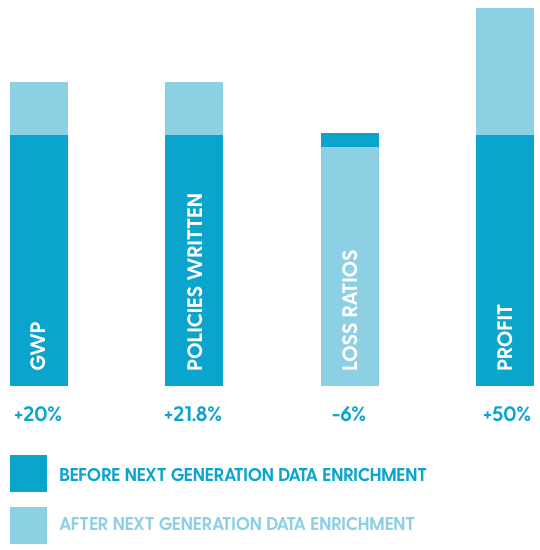Following its review of pricing in the home and motor insurance markets in which it found that around six million consumers are negatively impacted by dual pricing practices, the FCA is now proposing a raft of measures designed to ensure that firms focus on providing fair value to all their customers.
In its report, the regulator slammed the markets for “complex and opaque” pricing practices, including raising prices for consumers that renew year on year and using practices that “make it harder for people to leave”.
Amongst the measures that the FCA is proposing are requirements on firms to report certain data sets so it can check new rules are being followed. While the regulator will be seeking details of average premiums charged through different sales channels, it is also looking to gather expected claims cost and expected claims ratio information.
According to Christopher Woollard, Interim Chief Executive of the FCA, the driver behind this package of proposals is to “ensure firms cannot charge renewing customers more than new customers in future, and put an end to the very high prices paid by some long-standing customers.” But it’s also about improving competition, leading to lower costs for supplying insurance and ultimately lowering the prices paid by consumers on average. The FCA estimates that its proposals should save consumers £3.7 billion over 10 years.
So with the consultation process underway and new rules probably coming into effect sometime in the second half of 2021, there’s never been a better time for insurance businesses to review not only the data they’re currently capturing but the data they could be using to enrich their view of each and every customer.
The ability to access data from multiple sources and crunch that with the information they already hold or gather about their customers enables a clear view of a customer’s lifestyle, spending patterns and financial status both now and in the future. Analysing these metrics for trends enables an insurance business to better understand each risk, what influences an individual’s behaviour and the impact this may have on their claim and fraud risk.
For example, in the world of motor insurance, additional data sources include reciprocal (contributory) datasets such as SIRA, which share known fraudulent behaviour while CUE can be used to corroborate stated versus actual claims. It’s possible to access enhanced vehicle data confirming a vehicle’s history and status and NCD confirming an individual’s no claims discount, as well as datasets such as the Mylicence data providing key information on an individual’s licence history and details allowing checks to be made in real time.
Ultimately this needs to translate to a better view of lifetime customer value and getting the price right from day one rather than the low price to win and then gouge at renewal, which is a huge focal point for the FCA. Its market study reported that the average difference in the price of motor insurance between new customers and customers who renewed with the same provider five or more times was 30%, and this leaped up to 74% for buildings and contents and a staggering 83% for buildings insurance.
And as insurance customers are demanding a faster, smoother quote journey without having to answer reams of questions, some of which they may well not understand, having this complete picture can make it far easier for an insurer or broker to deliver the right quote first-time from the response to a brief and easy to answer question set.
Accessing one or two key datasets that are most pertinent to a business’s products and goals can significantly improve not only the predictive power of a single source of data, but also deliver significant competitive advantage. Insurers and brokers alike should be exploring the rich vein of data now available to them and how they can use it to offer their customers a more personalised and accurate premium as well as improve loss ratios and reduce fraud.
It’s also important to remember that intelligent data enrichment isn’t limited to informing pricing and fraud strategies; rather, accessing and analysing the right data can help firms to identify the most appropriate add-on products or even different product lines that could suit the customer, serving to reinforce and differentiate the firm’s value proposition to their customer and, who knows, even go some way to helping build trust.
Surely all this adds up to the better overall outcome that the FCA is looking to achieve?





